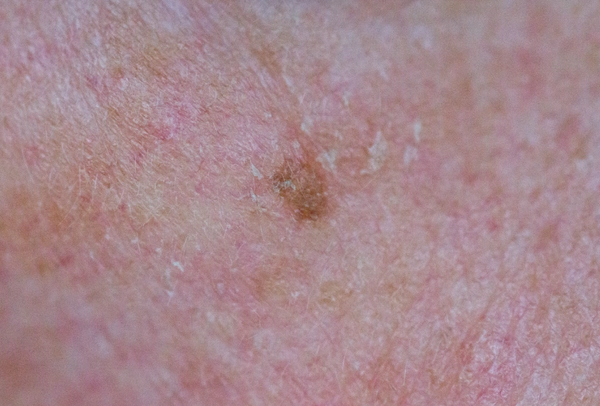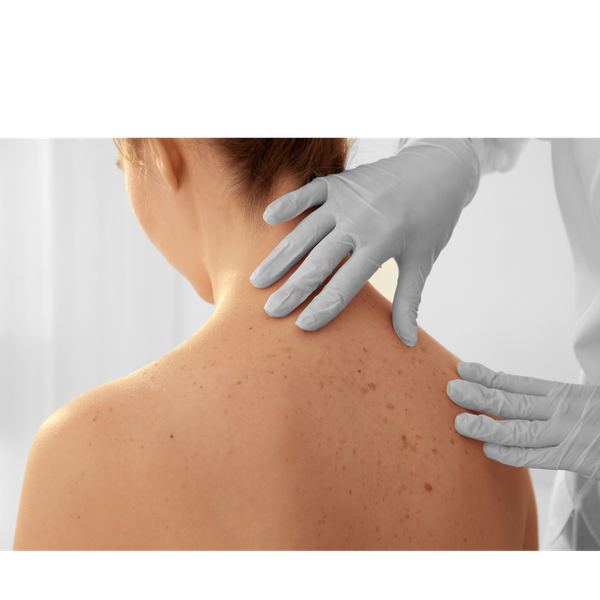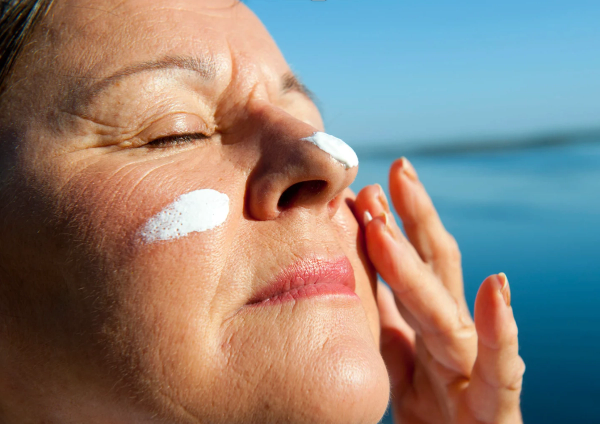Actinic keratosis (solar keratosis) - Symptoms, treatment and prevention with Dr. Dropin
Do you have rough, red spots on your skin? It could be actinic keratosis, a common sun damage.
Read on to learn about symptoms, treatment and prevention with Dr. Dropin.
Bestill time




